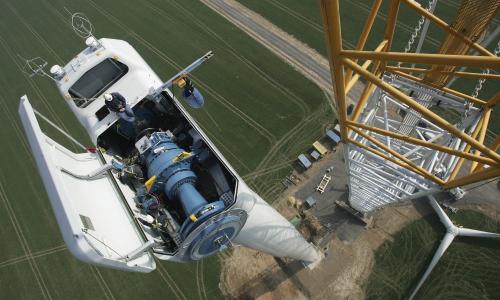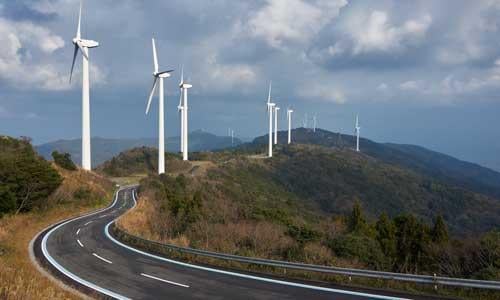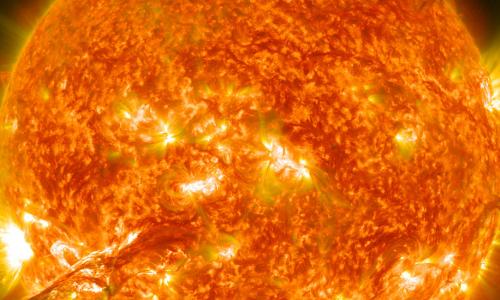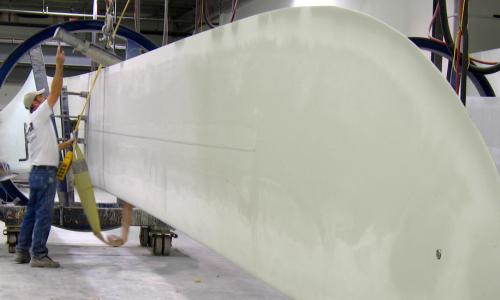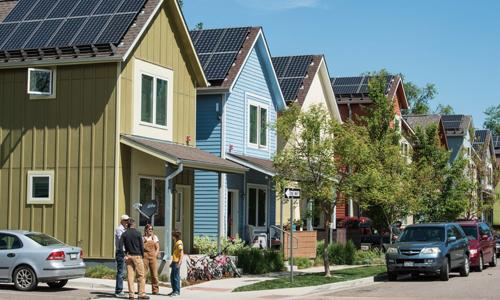Table of Contents
Unlimited resources. Little or no pollution.
US households with rooftop solar
The movement of wind and water, the heat and light of the sun, the carbohydrates in plants, and the warmth in the Earth—all are energy sources that can supply our needs in a sustainable way.
A variety of technologies are used to convert these renewable resources into electricity. Each comes with its own unique set of benefits and challenges; collectively, they represent our best hope in the fight against climate change.
Solar power
Solar energy—power from the sun—is a vast and inexhaustible resource that can supply a significant portion of global electricity needs. In the United States, over two million households already have solar panels on their roof; utilities and companies across the country are also investing in solar farms to capture the sun’s energy at a larger scale.
Solar power is essentially carbon-free. A small amount of pollution is created during the manufacturing process, and disposal is an ongoing challenge; however, the fuel used (the sun) is free, is plentiful, and doesn't pollute.
Wind power
Wind turbines harness air currents and convert them to emissions-free power. Plentiful and inexhaustible in the United States and around the world, wind power is one of the fastest growing renewable technologies and has the potential to provide a significant portion of our electricity needs.
Currently, wind provides a relatively small percentage of US power, though it’s expected to grow as more utilities invest in wind farms, and as offshore wind—wind turbines located in the ocean—becomes more common.
Energy storage
While not a source of energy itself, energy storage technology is a critical component for creating a low-carbon electricity system. The technology takes various forms—older facilities use pumped water, while newer systems deploy lithium-ion batteries—but the fundamental goal is always the same: storing electricity to use later.
Just as the invention of refrigeration changed how people consumed food—allowing them to store it before eating—energy storage can revolutionize how we use energy. It lets us produce clean energy when it’s cheapest, store it, and put it back into the electricity grid when needed. Using storage in conjunction with solar and wind energy helps ensure that power is available even when the sun isn’t shining and the wind isn’t blowing.
In the United States, large-scale storage operations are still relatively rare. But as the amount of wind and solar grows—and the number of coal plants drops—storage will become ever more important for an efficient and clean grid.
Other technologies
Renewable energy isn’t just limited to the sun or wind. Geothermal plants gather heat from the earth to generate steam and produce electricity. Hydroelectric dams exploit the movement of water to turn turbines. New hydrokinetic technologies harness the power of ocean’s currents and tides. And bioenergy—the burning of biomass to generate power—may offer a sustainable use for crops and waste wood.
The key thing tying all of these technologies together is their ability to create electricity with minimal harmful side-effects. The alternatives—fossil fuels—are neither sustainable nor safe.
